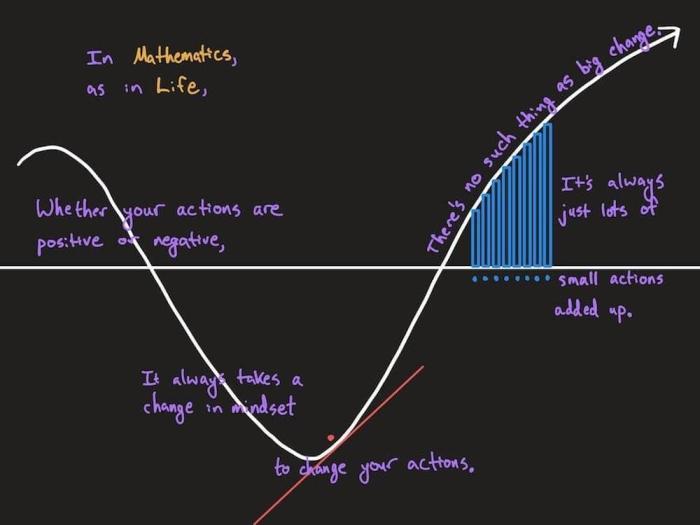Ap calc ab unit 5 progress check mcq part c – AP Calculus AB Unit 5 Progress Check MCQ Part C presents a formidable challenge for students, demanding a thorough understanding of fundamental concepts and formulas. This guide provides a comprehensive overview of the essential knowledge and strategies required to excel in this section.
Delving into the intricacies of Part C, we will explore the core concepts that underpin successful problem-solving. We will equip you with an arsenal of formulas and effective strategies, empowering you to tackle even the most complex questions with confidence.
Unit 5 Progress Check MCQ Part C: Concepts and Formulas

Part C of the Unit 5 Progress Check MCQ covers fundamental concepts and formulas related to integrals. These concepts and formulas are essential for solving problems involving definite and indefinite integrals, as well as applying integrals to real-world situations.
Concepts Covered
- The concept of the integral as the area under a curve
- The Fundamental Theorem of Calculus, Part 1 and Part 2
- Techniques of integration, including u-substitution and integration by parts
- Applications of integrals, such as finding volumes and work
Essential Formulas
- ∫dx = x + C
- ∫x^ndx = (1/(n+1))x^(n+1) + C
- ∫e^xdx = e^x + C
- ∫sin(x)dx = -cos(x) + C
- ∫cos(x)dx = sin(x) + C
Significance for AP Calculus AB
Understanding these concepts and formulas is crucial for success in AP Calculus AB. They form the foundation for subsequent units and are essential for solving problems on the AP exam.
Problem-Solving Strategies

Effective problem-solving strategies for Part C MCQ include:
Identify the Type of Integral
Determine whether the integral is definite or indefinite, and if it is definite, identify the limits of integration.
Choose the Appropriate Technique
Select the appropriate integration technique based on the form of the integrand, such as u-substitution or integration by parts.
Apply the Formula
Apply the relevant formula to evaluate the integral.
Verify the Solution
Check your solution by differentiating the result to ensure it matches the original integrand.
Example
Solve the integral ∫(x^2 + 2x)dx using u-substitution.
Let u = x^2 + 2x. Then du/dx = 2x + 2, and dx = du/(2x + 2). Substituting into the integral, we get:
∫(x^2 + 2x)dx = ∫udu = (1/2)u^2 + C
Substituting back for u, we get the solution:
∫(x^2 + 2x)dx = (1/2)(x^2 + 2x)^2 + C
Common Pitfalls and Errors
Common pitfalls and errors in Part C MCQ include:
Incorrect Integration Technique
Using an inappropriate integration technique can lead to incorrect results.
Forgetting the Constant of Integration, Ap calc ab unit 5 progress check mcq part c
Omitting the constant of integration when evaluating indefinite integrals is a common error.
Mistakes in Differentiation
Errors in differentiating the result of an integration can lead to incorrect verification of the solution.
Example
Find the error in the following solution:
∫(x^2 + 2x)dx = (1/2)x^3 + C
The error in this solution is that the derivative of (1/2)x^3 is (3/2)x^2, which does not match the original integrand x^2 + 2x.
Practice and Review: Ap Calc Ab Unit 5 Progress Check Mcq Part C

| Problem | Question | Solution | Explanation |
|---|---|---|---|
| 1 | ∫(x^2 + 1)dx | (1/3)x^3 + x + C | Power rule |
| 2 | ∫e^xdx | e^x + C | Exponential rule |
| 3 | ∫sin(x)dx | -cos(x) + C | Trigonometric rule |
Additional Resources

- Khan Academy: Indefinite Integrals
- Varsity Tutors: Definite Integrals
- AP Calculus AB Course and Exam Description
Query Resolution
What are the key concepts covered in Part C of the MCQ?
Part C encompasses concepts such as limits, continuity, derivatives, and integrals, which are essential for understanding calculus.
How can I effectively prepare for Part C MCQ?
Effective preparation involves understanding the concepts, practicing problem-solving strategies, and identifying common pitfalls to avoid.
What are some common errors students make in Part C MCQ?
Common errors include misinterpreting questions, applying incorrect formulas, and making algebraic mistakes.